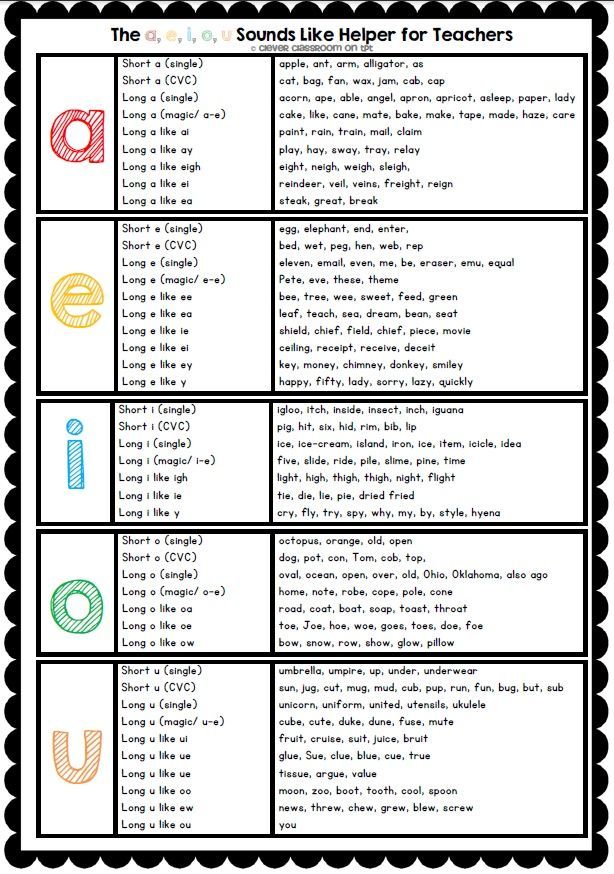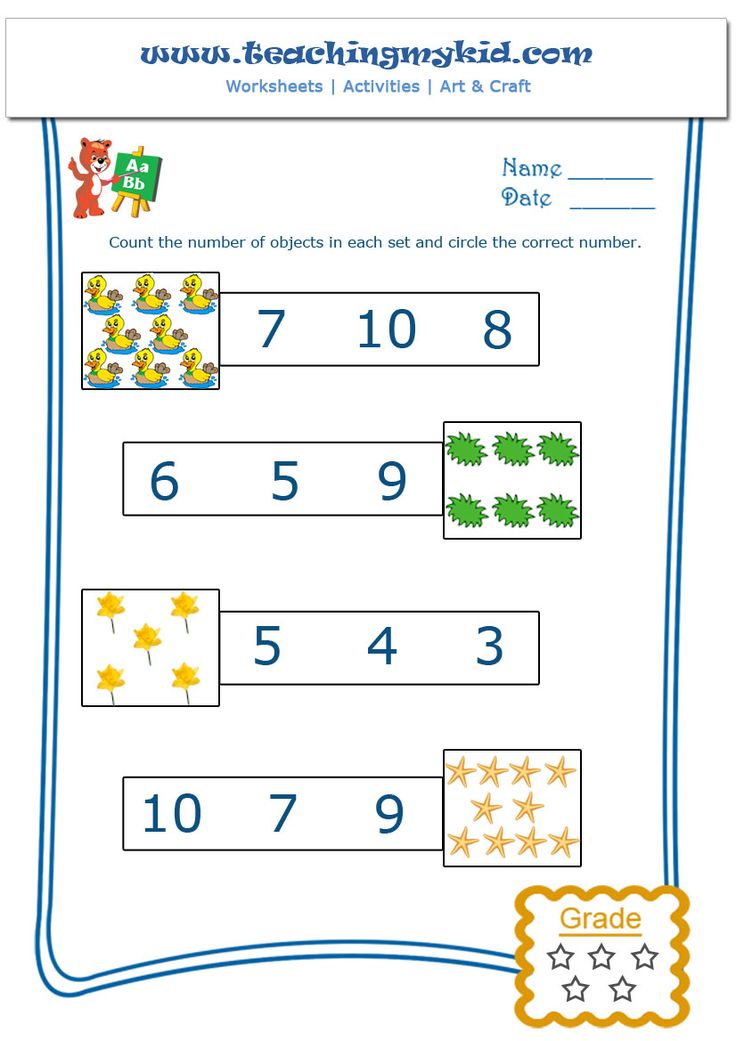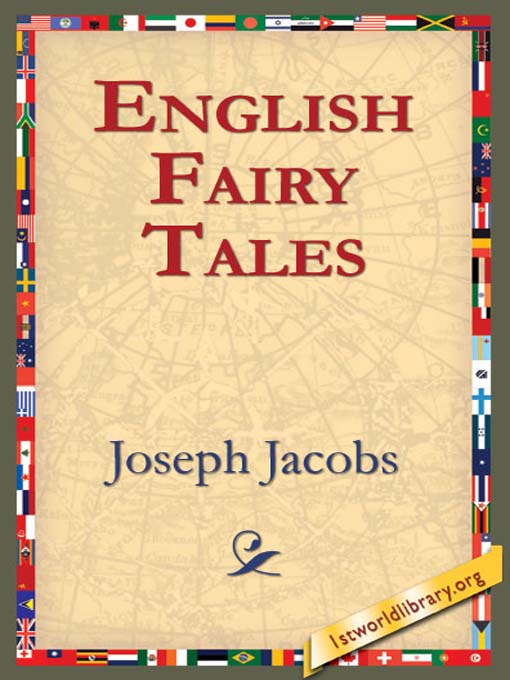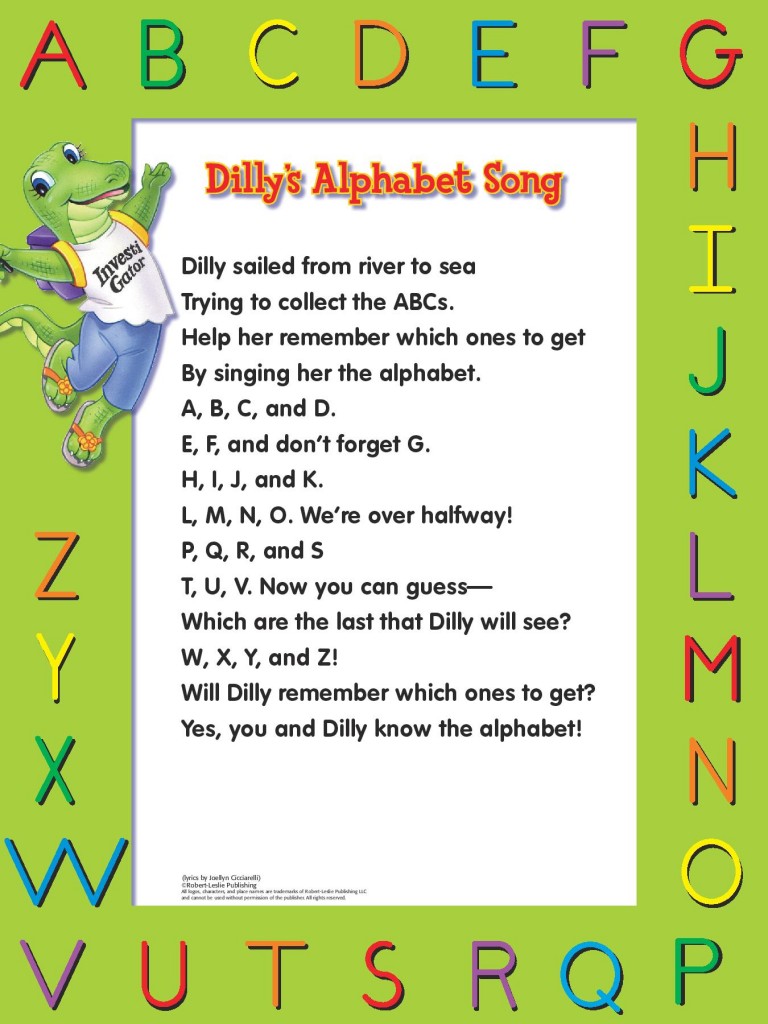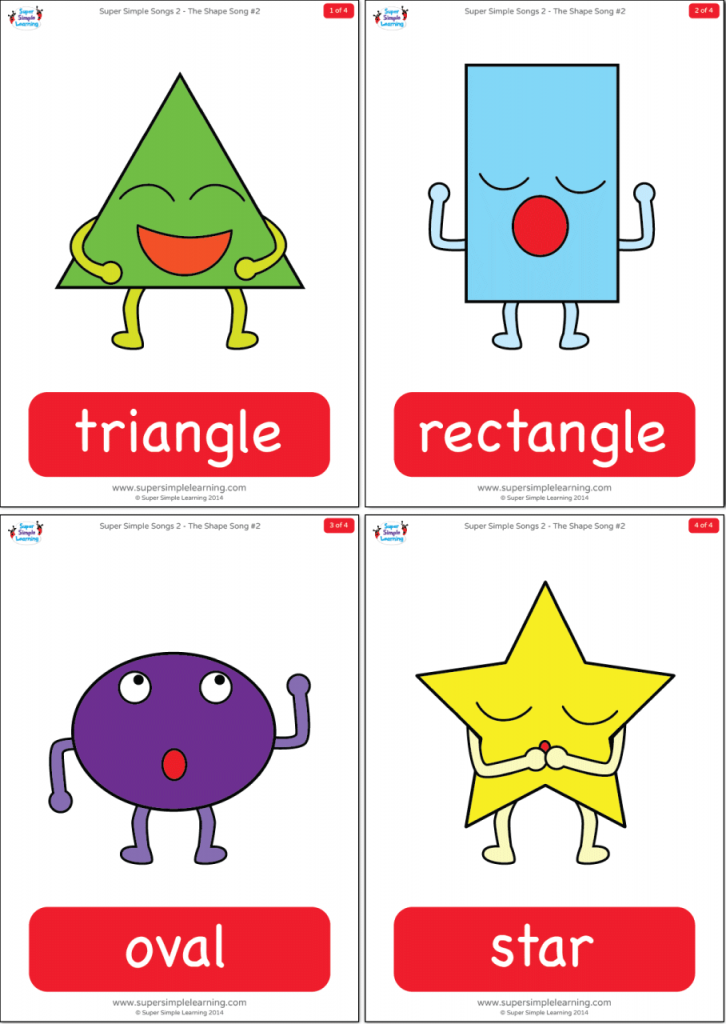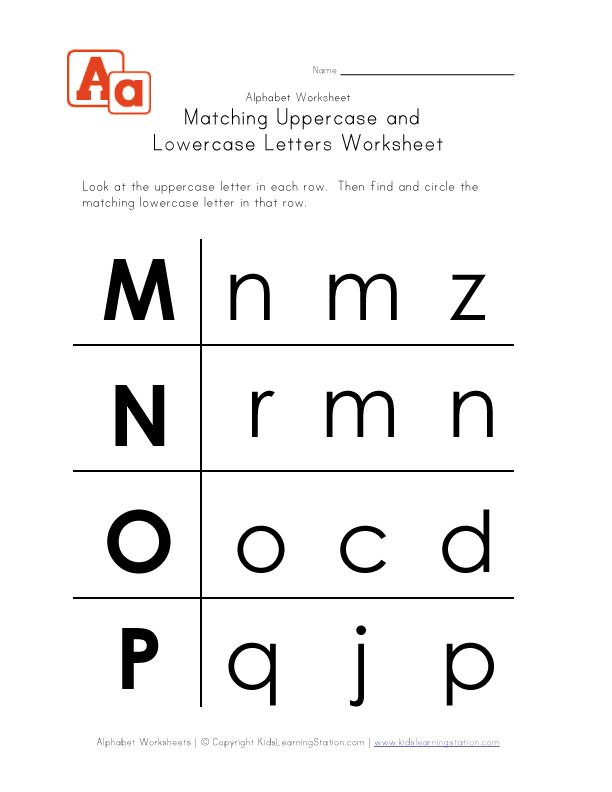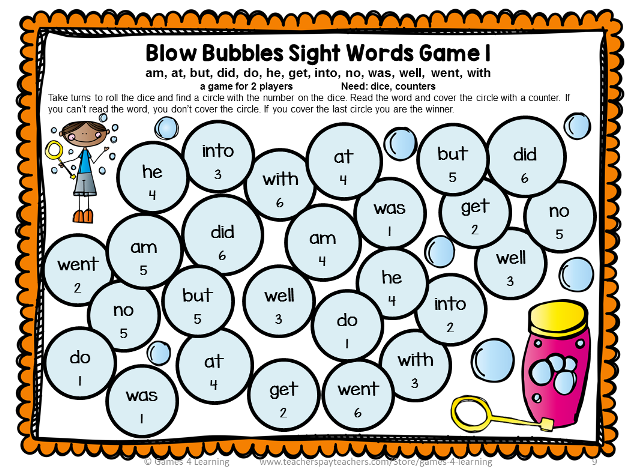What does a long o sound like
How To Teach The Long O Sound
Sharing is caring!
2036 shares
- Share
- Tweet
Long O can be a tricky sound to teach because there are a few different ways to spell it. But I’m breaking down how you can easily teach this sound and all its spelling patterns.
Plus, I got you covered with my free Long O Words List. You can download the list pictured by signing up below. If you don’t see the signup form, click here.
Five Ways To Spell Long O
The long o sound can be represented by 5 different spelling patterns:
- o – go
- o_e – phone
- oe – toe
- oa – boat
- ow – snow
Spelling Generalizations For Long O
O_E spelling pattern
The o silent e spelling pattern is the most common way to spell the long o sound so I would start here. Of course, students should be confident with the magic e syllable. These words are one syllable. Some examples of long o words with silent e are phone and joke.
Just O
In open syllables, the long o sound is represented by just the letter o by itself. They can be one syllable words but more often they are 2 syllables or more. Examples include go, total, and tomato. It often appears at the end of both short and long words.
Students must understand open and closed syllables to be able to apply this.
OA Vowel Team
The oa spelling of long o usually appears at the beginning or middle of a one syllable word. Examples include: oat, boat, and toast.
OW Vowel Team
The ow spelling of long o usually appears at the end of a one or less commonly two syllable word. Examples include: snow, tow, and window.
An exception to this is when the irregular past tense is formed with an n such as: grown and blown. The original word does follow the rule, we simply add the
n to make it past tense.
The original word does follow the rule, we simply add the
n to make it past tense.
OE Vowel Team
The oe spelling of long o usually appears at the end of a word. Examples include: foe and toe. This is the least common and can appear in compound words in the base word. I would teach these in a group since there are so few words and remind students that these are rare and are short one syllable words.
Tips For Teaching The Long O Sound
When you start teaching long o, you really have to focus on spelling generalizations, homophones, and homographs. Teach one spelling pattern at a time, and once one is mastered you can add in another. It’s much easier to learn how to read these than to learn how to spell. Since they all sound the same and can appear in the same place, choosing the right spelling pattern can be tricky.
Teach the process for deciding on the spelling pattern.
Once students are familiar with all the options for spelling long o and they know open syllables and the silent e syllable, you can teach them the process for determining the spelling pattern a word has.
When students come across a word with long o and they need to figure out which spelling pattern to choose, here are the questions they can ask:
- Is there more than one syllable?
- Is there a base word?
- Where is the long o sound in the word?
- Could this be one of those rare oe words?
Break the word into its syllables, and go through the questions.
From there, they can go through the most common options first. So that would be the o_e or just o, then the vowel teams.
If it’s a one syllable word, they need to choose between o_e, a vowel team, or the less common option of just o. Figure out where the long o sound is. If it’s at the beginning, try oa. If it’s at the end, try ow.
If it’s more than one syllable, check if it’s an open o, which in that case would be spelled as just o.
If there is a base word, focus on that part of the word.
This will take some practice so try using the checklist below (it’s available in my freebies library) to go through a set of words with your students a few times, then have them do some more on their own. This is the same process they will use with other long vowel sounds so it’s a great skill for them to have.
This is the same process they will use with other long vowel sounds so it’s a great skill for them to have.
Also, because there are multiple options expect students to get them wrong sometimes, and tell them this! It’s ok if they make mistakes as long as it’s another valid spelling option and not something that doesn’t follow any rules. Through repeated exposure and practice they will eventually internalize the correct spelling pattern for words.
Long O Activities & Lesson Ideas
Picture cue cards – Create visual graphics of tricky words, homophones, and homographs. These picture cues really help students remember which pattern to use. I suggest you make these using flashcards and keep them in a baggie or box for reference. See an example below.
Sorting – Sorting is always a good idea when you have multiple options for spelling. You can play matching games like memory, just sort them into piles/columns, or create any game that requires sorting by spelling pattern. This builds phonemic awareness so it’s always a good activity for all students.
This builds phonemic awareness so it’s always a good activity for all students.
I include 3 different sorting activities for the long o sound in my Long O Worksheets & Activities set.
Phoneme Grapheme Mapping – This is a great activity that really isolates the phonograms for students to practice. You can get the Phonics & Spelling Through Grapheme Mapping book and follow the long o lesson, or use my word list to do the same activity using sound boxes. See below for an example.
SOS – If you don’t already know what Simultaneous Oral Spelling is, then check out this post here. I love this multisensory spelling method for practicing spelling. And you can do this whole class or one-on-one making it really easy to use in any setting.
Dictation – This is another fantastic activity but I would do this after you have spent some time on long o because it is harder for students. Also when dictating words, give students a clue about the spelling such as telling them it’s a vowel team or open syllable.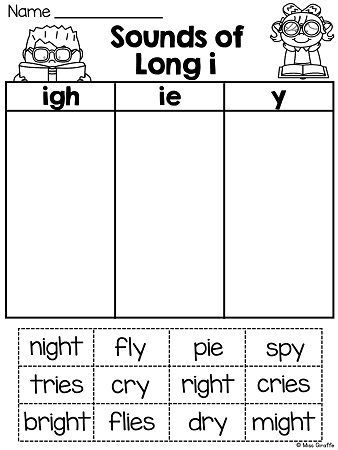
Games – Of course, I always include games because it’s just so easy to add a stack of flashcards to any game and make it educational! Use an easy to play board game where students need to pick up a card on their turn and add a task like reading the word aloud and sorting it, or asking another player to spell it, or even something as simple as having them air write the word after reading it aloud. Or print off a teacher-made game from my Long O Word Work along with several other games and activities.
Constant Review – Remember to keep these spelling patterns in constant review after they are learned, so they are not forgotten. Using a sound wall is a great way to do this without it taking any extra time.
*I offer a free sample of these digital long o activities in my freebies library.
Want to remember this? Save How To Teach The Long O Sound to your favorite Pinterest board!
Sharing is caring!
2036 shares
- Share
- Tweet
English Pronunciation, Lesson 14 - Long O Sound
English Pronunciation, Lesson 14
Previous Lesson | List of Lessons | Next Lesson
The long O sound (IPA symbol: oʊ) can be found in English words such as:
most, vote, road, known, goat, hope, low, no, blow, and wrote.
B1 Level of English Quiz: Test Your...
Please enable JavaScript
Click Here for Step-by-Step Rules, Stories and Exercises to Practice All English Tenses
The Long O sounds is a long vowel sound. Long vowel sounds are vowel sounds pronounced the same as the name of the letter. Each vowel has a long vowel sound (Long A, Long E, Long I, Long O, Long U).
In English, long vowel sounds are usually the easiest vowel sounds to learn.
Watch the following video to learn how to pronounce the Long O sound correctly:
(Note that in the video the term "soft palate" will be mentioned.
Soft palate means "the soft part at the back of the top of the mouth".)
Have you watched it? Good! Let's practice...
Common long O spellings
There are five common ways to spell the long O sound:
1. o_e
o_e
(o / consonant / silent e)
Say these words out loud (the long O sound is bold):
1) bone
2) smoke
3) phone
4) cone
5) wrote
6) whole
7) vote
8) choke
9) rope
10) home
2. ow
Say these words out loud (the long O sound is bold):
1) throw
2) row
3) blow
4) snow
5) bow
6) know
7) crow
8) glow
9) flow
10) show
3. oa
Say these words out loud (the long O sound is bold):
1) boat
2) moan
3) groan
4) oat
5) loan
6) loaf
7) toad
8) soap
9) oath
10) float
4. o (consonant / o / consonant)
Say these words out loud (the long O sound is bold):
1) hold
2) mold
3) folk
4) bolt
5) both
6) colt
7) fold
8) roll
9) holy
10) stroll
This spelling of the long O sound usually follows the format shown below:
consonant / o / consonant
However, it also includes words that end in O such as:
1) no
2) so
3) ago
4) go
5) zero
6) bingo
7) hello
8) disco
9) video
10) pro
Now say these sentences out loud (the long O sounds are bold):
1) Both of the colts ran home.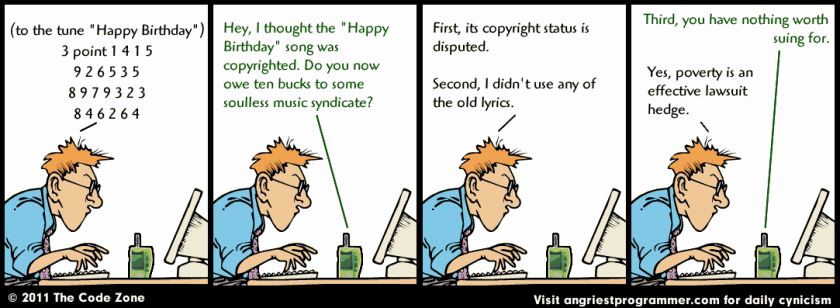
2) Throw the ball over the wall.
3) I will show you the video on my phone.
4) No, I will not go home with you.
5) The toad jumped on the road.
7) Hello! Do I know you?
8) Buy a loaf of bread and a bar of soap.
9) His boat will float in the ocean.
10) Please hold the rope.
Have you finished them all? Great job!
Final note
When some common long O spellings are followed by the letter R, the sound is usually pronounced as the OR sound.
For example:
- for
- snore
- boar
- core
- nor
The OR sound will be discussed in a future lesson.
Well done! You have completed the long O sound lesson.
Let's move on...
Your next lesson: Lesson 15, Long A Sound (say, pain, make)
List of Lessons
Get Updates, Special Offers, and English Resources
Download your FREE GIFT (the first two chapters of
English Short Stories Book and Workbook)
as soon as you join!
How long does the ADT alarm sound?
If you're considering an ADT home security system, it's important to understand what happens in the event of a serious problem. In the event of a fire, burglary or other emergency, an alarm will be triggered. ADT has special protocols combined with different sounds for different emergencies. But what does the alarm clock sound like and how long does it sound for?
In the event of a fire, burglary or other emergency, an alarm will be triggered. ADT has special protocols combined with different sounds for different emergencies. But what does the alarm clock sound like and how long does it sound for?
So how long does the ADT alarm sound? All ADT home security alarms will sound all the time until they are turned off or someone turns off the power. This is true for every type of signaling. This is a very loud siren that effectively scares off intruders, detects fires and other emergencies.
Contents
What is the disturbing process?
When an emergency occurs, the system runs a check to make sure the threat is real and imminent. This then sounds like an alarm that notifies the representative at the central station in your area. A representative will then contact you to confirm your safety in addition to any assistance you may need.
How long does it take for the alarm to ring?
It is very important to understand that there are 30 seconds to three minutes before the alarm goes off. This is because of the initial check to make sure there is a real danger.
This is because of the initial check to make sure there is a real danger.
Are there different sounds for different threats?
Different alarm situations can trigger an ADT alarm with different sounds.
How do they sound, is it important to recognize? If it's triggered by accident, it's helpful to know the sound of each type of alarm.
Some models offer voice messages for internal notifications.
appearance alarm clocks are always loud and roaring.
Below is a list of the most common alarms and their accompanying sounds.
Away from home
Any problem detected by the ADT system will notify you via the smartphone app. He will tell you which part of the house the problem is, and he will also check your personal security.
The alarm will only go off if the threat is real. When this happens, a low level siren sounds.
Burglary/Home Intrusion
Alarm and Panic Button, designed for burglars and home intrusions, remains on until it is turned off or someone turns off the power.
It detects the area or area it has invaded. Once the ADT has confirmed the danger, a loud intermittent siren will sound indefinitely.
Fires
During a fire, a pulsating siren is always on. It's loud and steady until you turn it off.
You will receive a notification from ADT telling you which smoke detector went off and if the fire is real.
Other emergencies
Other alarms are individual and configurable via ADT. They don't include things like carbon monoxide detection in their standard alarms.
You can receive voice messages or use audio for additional alarms with a low volume siren.
Are the authorities called first?
There is a short period of time between the occurrence of an emergency and the alarm.
Thus, it can be difficult to understand why the authorities are not notified immediately.
Although this may seem like a logical step in the process, the ADT contacts you first.
Legal authority
Simply put, it is illegal to call the authorities before you know about an emergency with your property.
The law requires security companies to contact you first in an emergency before calling law enforcement, the fire department, or other emergency services.
Random trips
Thus, it is wise to make sure that the threat really exists before calling for reinforcements. Not everything goes as expected since home security system and sometimes it will detect a false alarm.
There may be times when your dog or other animal sets off an alarm.
It may also work if you live near a train or in an area prone to earthquakes. Making sure you need help before calling the authorities is common sense. Besides, it's illegal.
What happens after ADT verifies my safety?
Once the ADT confirms you are safe, the system should be shut down. Refer to your ADT for instructions on how to shut down the system.
Contact your representative for help with troubleshooting or any other problems you may encounter while trying to disable it.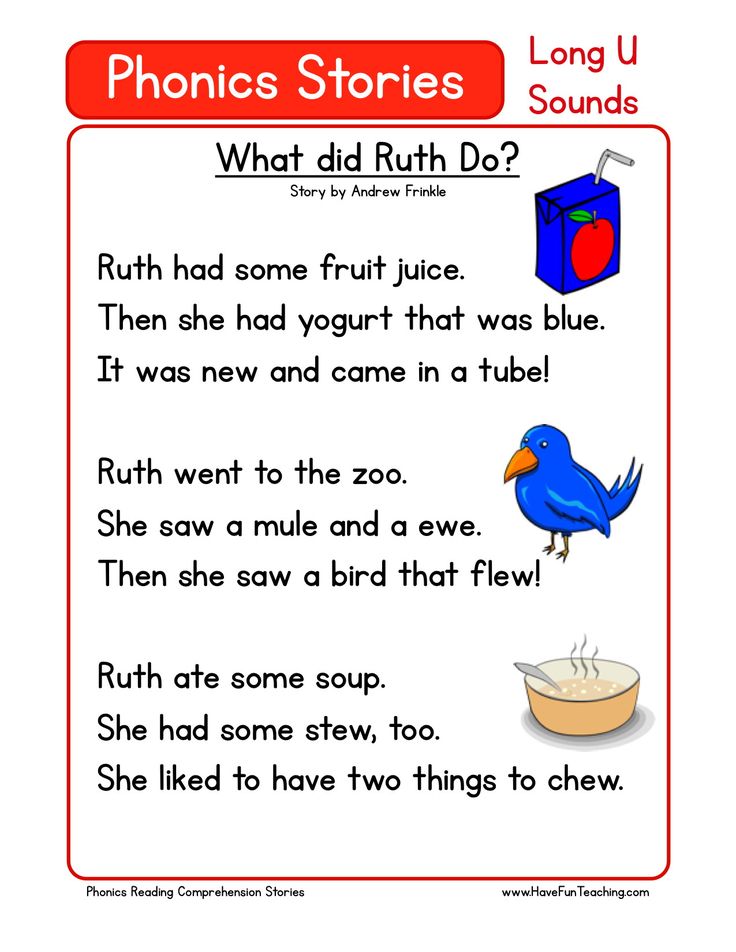
Conclusion
Understanding how your ADT alarm system works and how long it sounds will be the key to your safety, security and sanity.
Different types of alarms will cause different sounds and different ways to turn them off.
Knowing how things work will give you peace of mind even in the face of threat or impending danger.
Be aware that it will take 30 seconds to three minutes before any alarms or notifications are triggered to make sure the danger is real. So, you should talk to an ADT representative about the danger before any authorities arrive to help.
Sharing care!
How long will the longest melody in the world last?
In our time, humanity exists at such a frantic pace that sometimes there is no time at all for pit stops. The American composer, philosopher and artist John Cage, the same creator of the famous silent piece “4:33” from 1952 for a free composition of instruments, tried to stretch the triumph of the moment, which can be safely played by simply sitting at the piano and opening and closing the lid a couple of times ( at Woodstock it was presented to the public - you can also tell everyone that you play an instrument). By the way, the composer was inspired by her visit to the anechoic chamber, where, having heard the sounds of his own body, he realized that absolute silence does not exist and tried to convey this to others: while listening to the track, they would hear their own sounds.
By the way, the composer was inspired by her visit to the anechoic chamber, where, having heard the sounds of his own body, he realized that absolute silence does not exist and tried to convey this to others: while listening to the track, they would hear their own sounds.
Those who understand life are not in a hurry
Already after the scandalous "4:33", back in 1987, Cage again made a stir and created the organ work As Slow As Possible (the play "ORGAN2/ASLSP", in trans. . from English "As slowly as possible"). As it is quite obvious from the name, the composition should be performed on the piano or organ at the slowest possible pace (in what - the author did not say) and takes 8 sheets of music. The first performance lasted 29 minutes, then the musicians managed to extend the pleasure to a pure 71 minutes, and some did not take their hands off the keys at all for 8 hours.
Pleasure for 639 years
John Cage died in 1992, and a certain initiative group of Germans, consisting of musicologists, theologians, philosophers and musicians, decided not to stop there.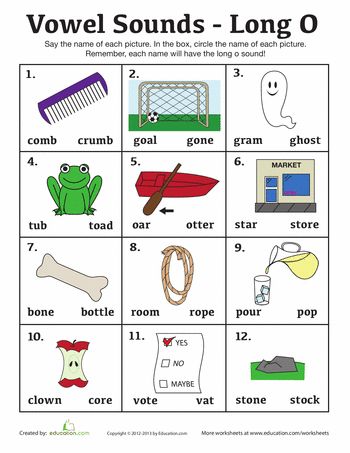 In 1997, at an organ symposium in Trossingen, they brainstormed (not in a hurry, of course) how slow legally (without SMS and registration) "As slow as possible" could be.
In 1997, at an organ symposium in Trossingen, they brainstormed (not in a hurry, of course) how slow legally (without SMS and registration) "As slow as possible" could be.
They found a way out: for this, a huge automated organ was built in the town of Halberstadt (people are not needed for performance), which, as expected, will play a melody for another 639years exactly until September 5, 2640. Why so many? And all because Nikolaus Faber built his first church organ here with a twelve-tone keyboard in 1361, which is 639 years ago, if we count the year 2000, which then stood in the yard.
The local medieval church of St. Burchard was chosen as the venue for the performance of more than half a millennium, where the performance began on September 5, 2001, but the first chord sounded after a musical pause of almost a year and a half in February 2003 (before that, the only sound was the low whistle of electric bellows as they fill with air in preparation for that first chord).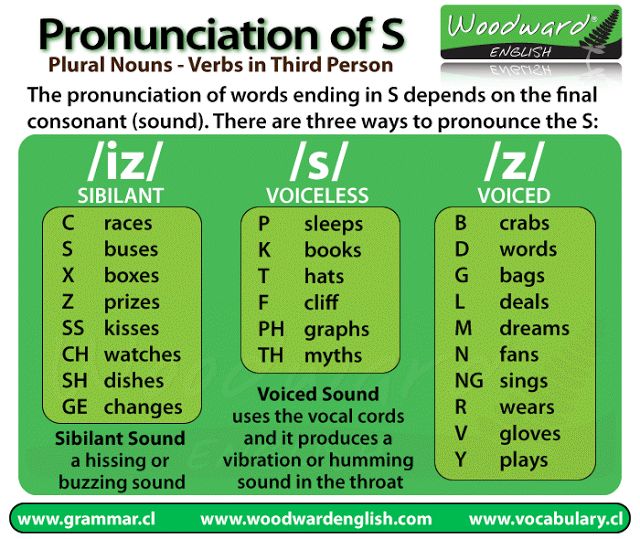 And it still sounds - this is today the slowest and longest performance in the history of music.
And it still sounds - this is today the slowest and longest performance in the history of music.
Interesting details
The most interesting thing is that the chords change every few years. The opening chord sounded for more than two years until 3:33 on January 5, 2006, then the change took place 11 more times, including the last time on February 5, 2022. Total - 16 times. Changes always occur on the fifth day of the month, in honor of Cage's birth date, September 5, 1912.
The Germans are confident in the quality of the instrument: an electric bellows is installed in the left transept of the organ, a wooden frame with six pipes is in the right transept, and the sound-producing pedals are supported by weights. True, the organ is still being supplemented with the necessary elements: on July 5, 2004, notes were added and the tone was changed, and on July 5, 2008, the weights holding the organ pedals were moved, and two more organ pipes were added to the four installed ones.